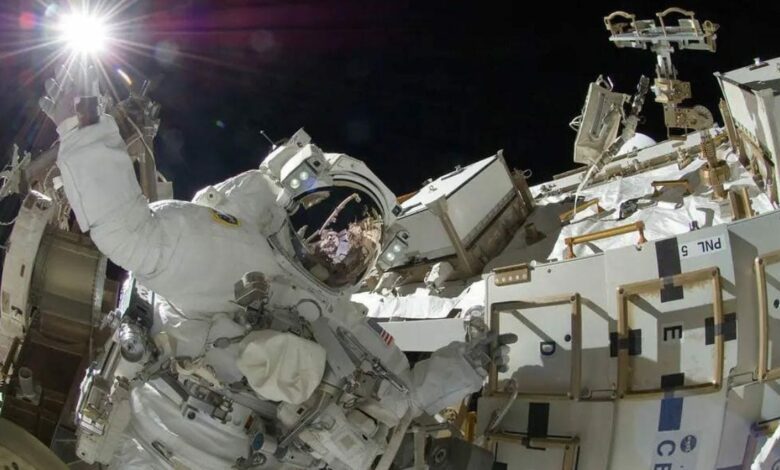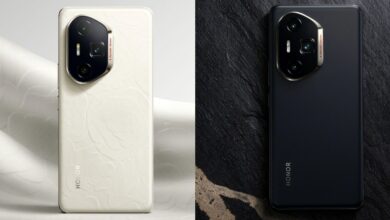This is how NASA plans to bring back astronauts stuck in space

NASA is grappling with a major challenge now that two American astronauts, Sunita Williams and Barry Wilmore, are stranded aboard the International Space Station (ISS). Originally scheduled for an eight-day mission, their return has now been delayed until February due to technical problems with Boeing’s Starliner spacecraft, which was supposed to bring them back to Earth. According to the report, this unexpected extension of their mission has raised concerns about the reliability of human spaceflight and the impact on future cosmic exploration.
Setback for Boeing Starliner
The Boeing Starliner, originally tasked with returning the astronauts, encountered several technical problems during its approach to the ISS. These included helium leaks and failures of key thrusters, leading NASA to decide to send the spacecraft back to Earth unmanned for further data collection.
The decision came after tense discussions between NASA and Boeing, with NASA prioritizing safety over additional risk. The Starliner’s failure to perform as expected has put Boeing’s space ambitions under scrutiny, particularly in light of ongoing challenges within its commercial aircraft division.
SpaceX comes to the rescue
In response to the Starliner’s problems, NASA has decided to rely on Elon Musk’s SpaceX Dragon craft to bring Williams and Wilmore back home, a report by the Financial Times. The astronauts will now remain on the ISS, working with the permanent expedition crew until their return. Both Williams and Wilmore are experienced astronauts with extensive training in spacewalking and robotics, making them well-suited for this extended mission. SpaceX has indicated its willingness to support NASA, reinforcing its role as a trusted partner in the agency’s space missions.
Risks of extended missions
The extended mission poses significant challenges for the astronauts, both physically and psychologically. Space travel is inherently demanding, with risks such as space radiation, isolation, and the physical toll of prolonged exposure to microgravity. However, the ISS offers some protection from these hazards, thanks to its low-Earth orbit and specialized shielding. While their stay will be long, it won’t be record-breaking; previous missions have lasted even longer under similar conditions.
Implications for Boeing and future missions
NASA’s decision to go with SpaceX is a setback for Boeing, underscoring the ongoing problems facing the company’s space division. The Starliner program, already behind schedule and over budget, is now coming under further scrutiny. Still, NASA is unlikely to abandon Boeing altogether, given the agency’s historical reliance on multiple contractors for crewed space missions.
The situation underscores the complexities and risks associated with human spaceflight, especially as the focus shifts to more ambitious missions to the Moon and Mars.




